Deserts provide some exciting subjects for photography. But it comes with its own unique set of challenges. When I first landed in America, the initial fascination was with seeing snow, but that got old real quick with the four years in New England. Second, on the list was the stunning deserts of the American southwest. Our first foray into the desert landscape was a weekend road trip through Joshua Tree National Park, and we quickly realized how punishing the desert can be if you are not prepared. Over the years, we visited many of the various desert ecosystems that exist in the American southwest and appreciated the inherent beauty and danger present in all of them.
I have always wanted to talk about the experiences I had photographing the various desert landscapes over the past 6-7 years. Today I want to talk about finding your subjects in a desert. During my first trip to Joshua Tree NP, I came back with very few keepers. Later I learned about the reason; there are very few apparent compositions in a desert. Places like Yosemite or Rainier National Parks provide you with a lot of easy to identify compositions. But in the desert, you get a rough and chaotic mix of patterns, texture, and color. It is tough to make any sense of all these elements, and I have seen even the best landscape photogs get overwhelmed. Add to that the extreme heat and dehydration, and the desert can get the upper hand over you very quickly.
It took me a while to crack the code for landscape photography at a desert landscape. And the magic word is preparation. A desert, like any part of nature, demands respect, and will punish you if you are not prepared. So be ready, do your homework on weather, microclimates and make sure you have enough water. My wife and I once had to help a European tourist who had a flat tire with no cell reception in the middle of a very rural 4x4 train at Death Valley National Park. I’d usually research and identify trails and rock formations that I want to photograph way in advance and will have a general idea about when I want to visit each item on my list. I have also learned that if you are tired, skipping a spot and resting up would do you worlds of good.
The next step is to embrace the chaos, the random patterns, and the texture you see all over is your subject. Look for a method in what seems to be madness. As a photographer, your job is to tell the story of a subject, and an essential tool at your disposal is elimination. You can eliminate distractions from a composition. Focus, focal length, framing, angle of view, bokeh, lighting, etc. all are tools essential in removing the unwanted elements. Use them, and it will all help you make sense of the beauty that makes a desert special.
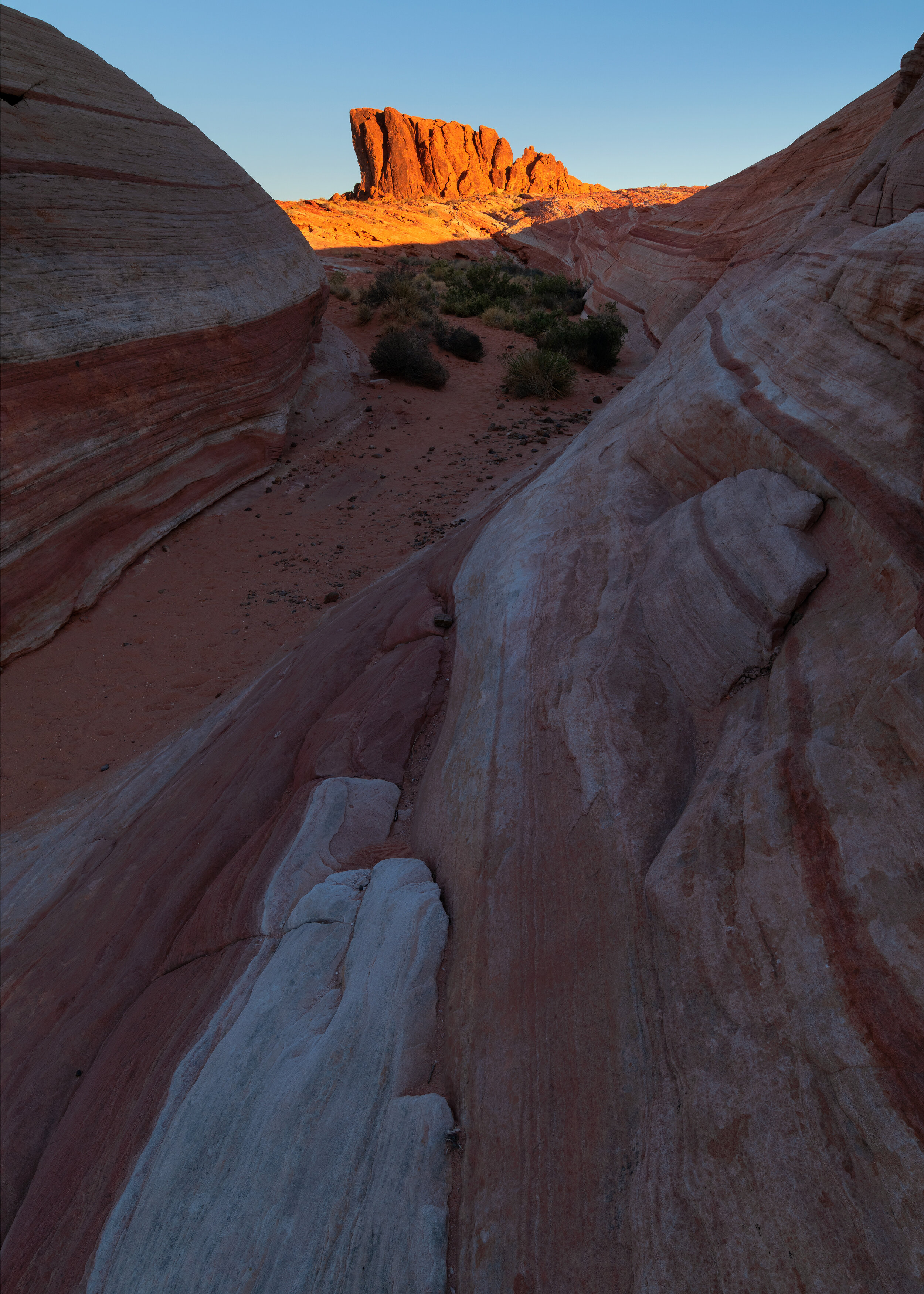
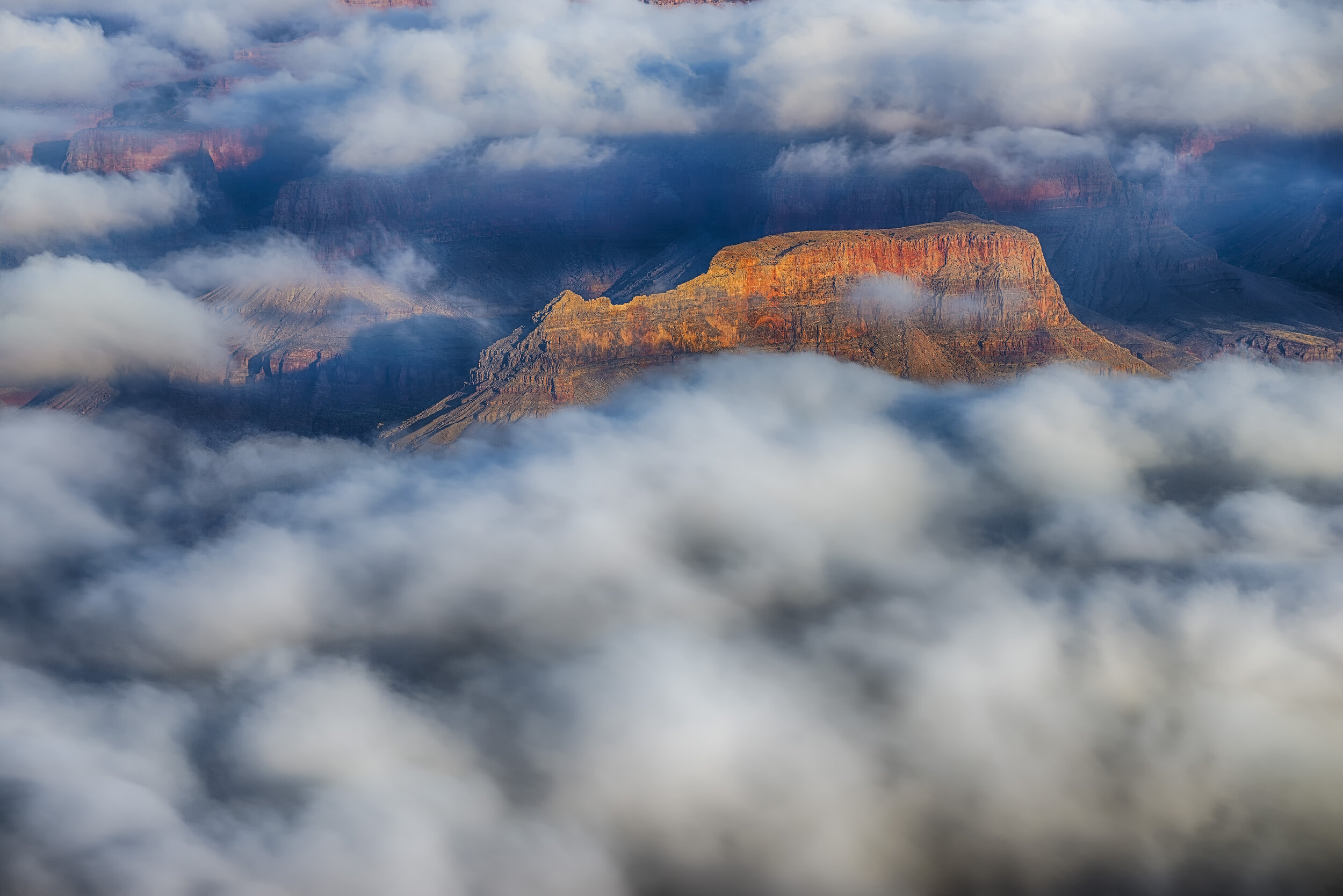
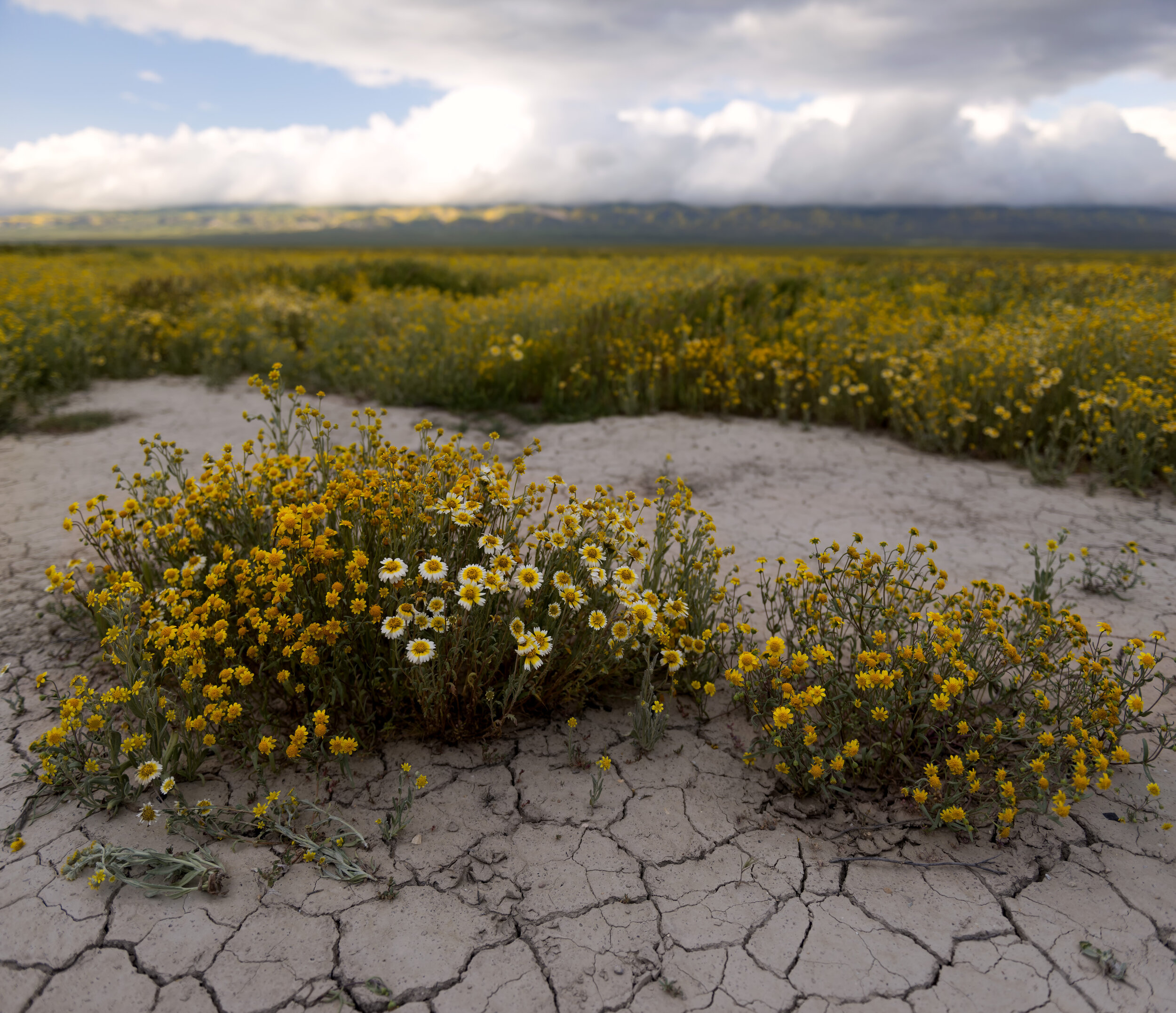
The next essential element of desert photography is light. Quality of light is a vital element for any type of photography, but in my experience, deserts will expose bad techniques more than any other environment. Chasing good light in a desert environment helps immensely with the heat as well. We often wake up well before sunrise for the hikes. The temperature is on the cooler side, and most often than not, there are very few people around. We usually go back straight to bed after breakfast and wake up in the afternoon to be ready for sunset.
Then comes the light, hands down the best part of being in a desert is the beautiful morning light. It truly transforms the place. As I spend more time photographing deserts, I have come to appreciate the light before the actual sunrise. It’s beautiful, evenly lit with warm tones. Deserts usually tend to have very warm tones and the usual golden hour have actually cause very over-saturated warm tones that can overpower your image even without you touching the vibrance or saturation slider. That’s why I prefer the list just before a sunrise or just after sunset while I am shooting in a desert location.


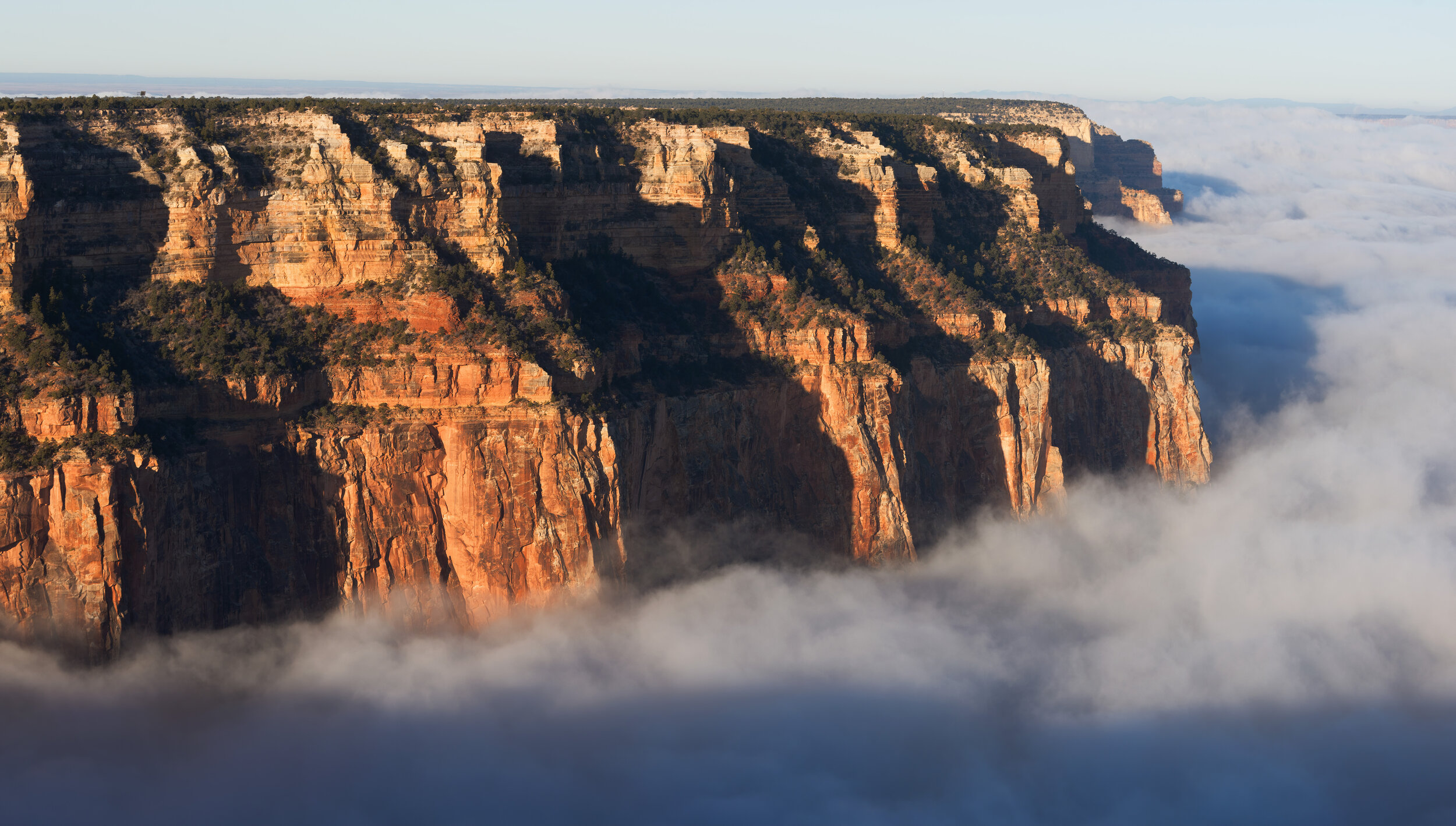
Another element in making sense of the desert landscape is embracing the shadows. I do not think that this tip is relevant only for desert landscapes. When I started photographing landscapes, I used to push my shadows a lot. I suspect this is something a lot of landscape and nature photographers are guilty of when they start.
The problem with this approach came to light when I got a chance to visit the mountain light gallery in Bishop. I saw some of Galen Rowell's magnificent shots up close and noticed how much depth his photos had. In large prints, they almost looked 3D. His photo titled “Spring on Mount Diablo” is an excellent example of how much shadows can contribute to a picture. I ended up spending a lot of time at the gallery and walked away with the following realization, pioneers of landscape photography genre were not afraid of the shadows. They embraced it and used it to give depth to the image and to direct the viewer's eye to the subject. I decided to follow this approach and bought drastic changes to my editing and photography. I immediately felt an improvement in the overall quality of my output.
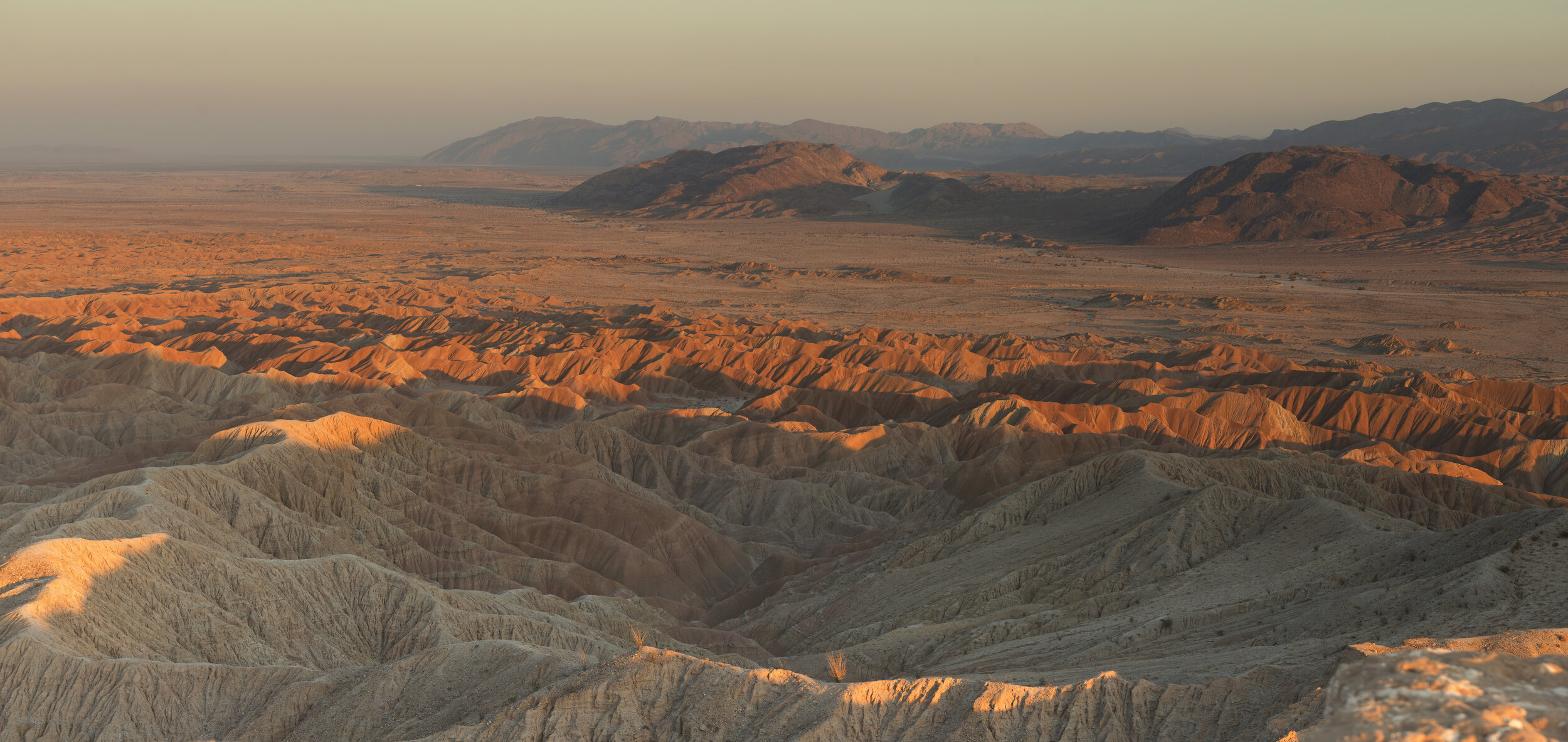
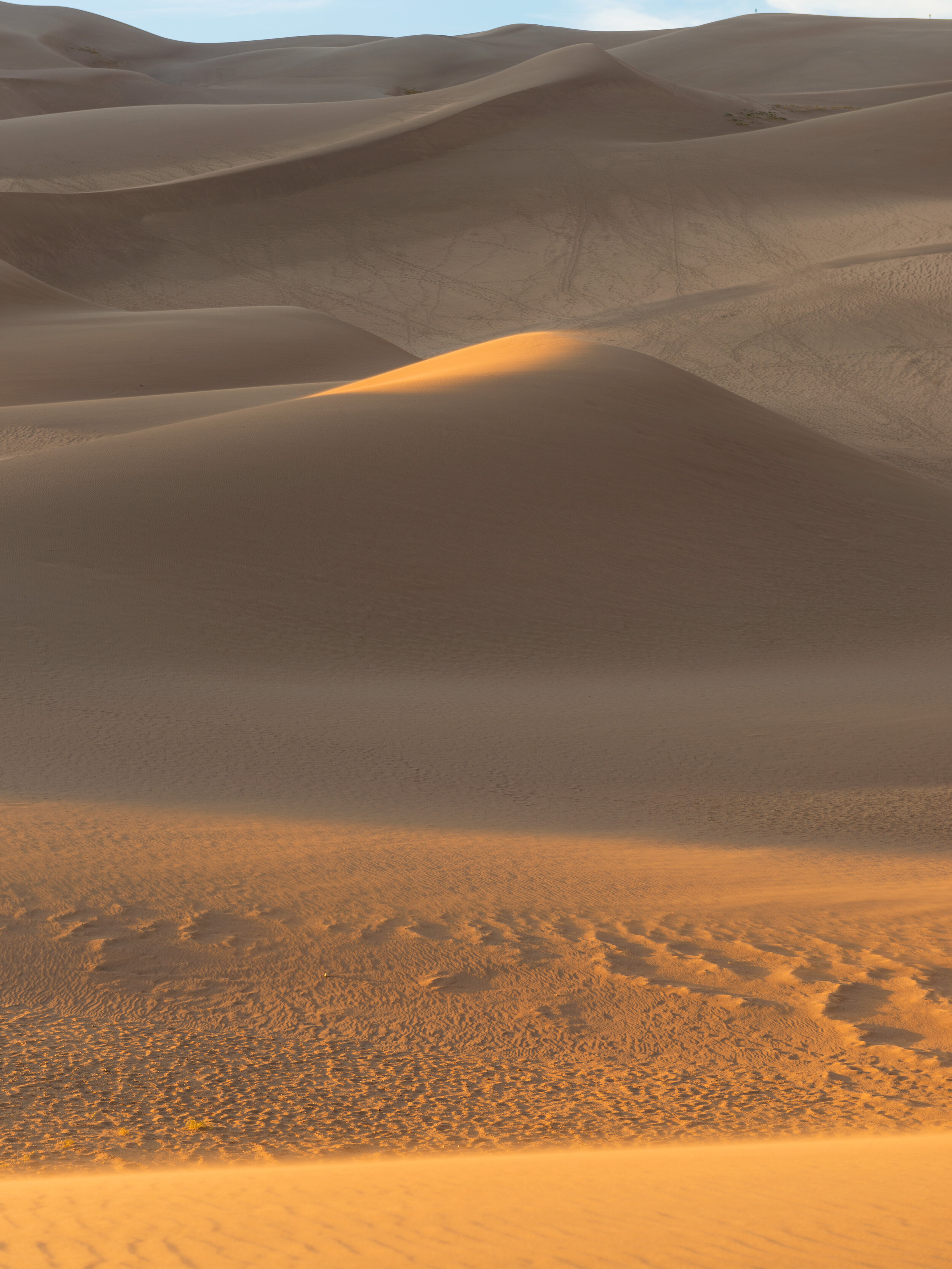
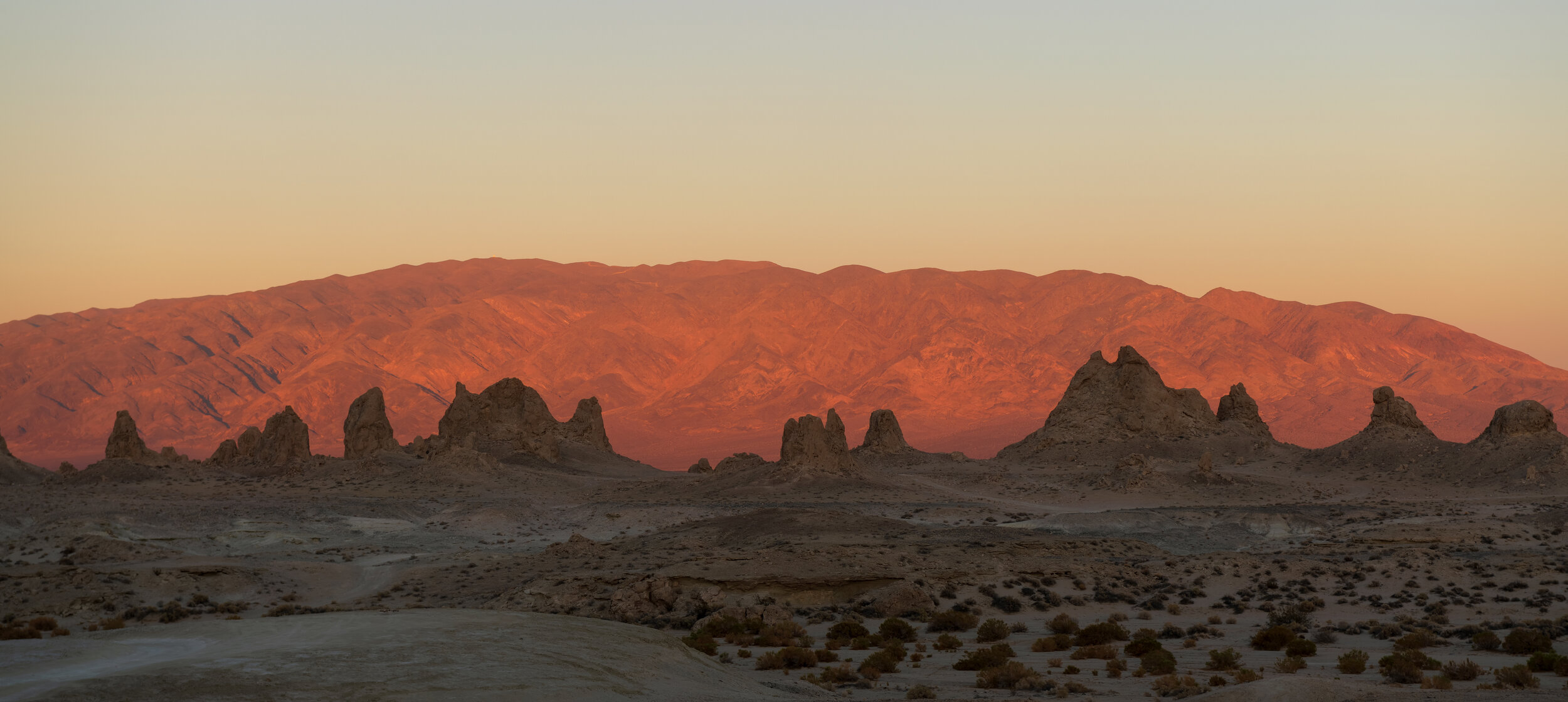
Adopting these above-mentioned strategies helped me tremendously in the desert. It transformed our trips to the desert from punishing ordeals to truly enjoyable explorations. I have increased the keeper rates of my images and my wife greatly appreciates the more relaxed pace of our photo trips.